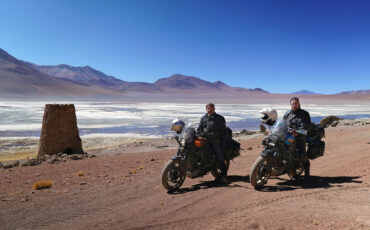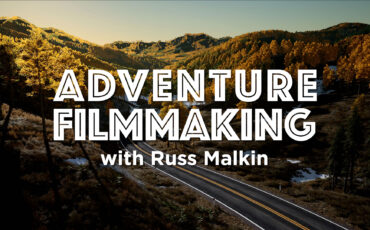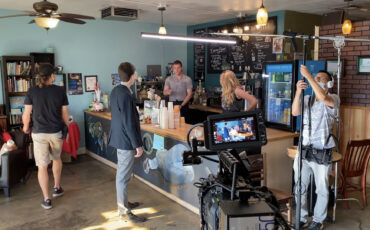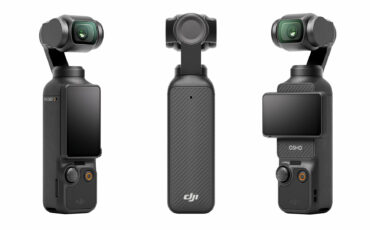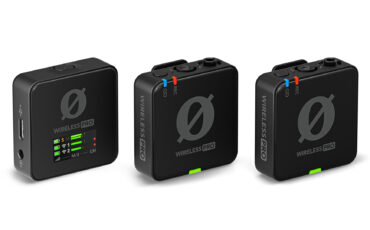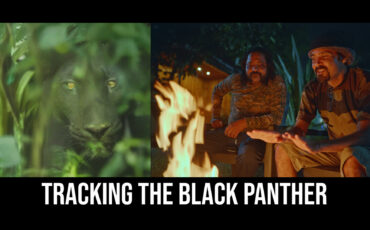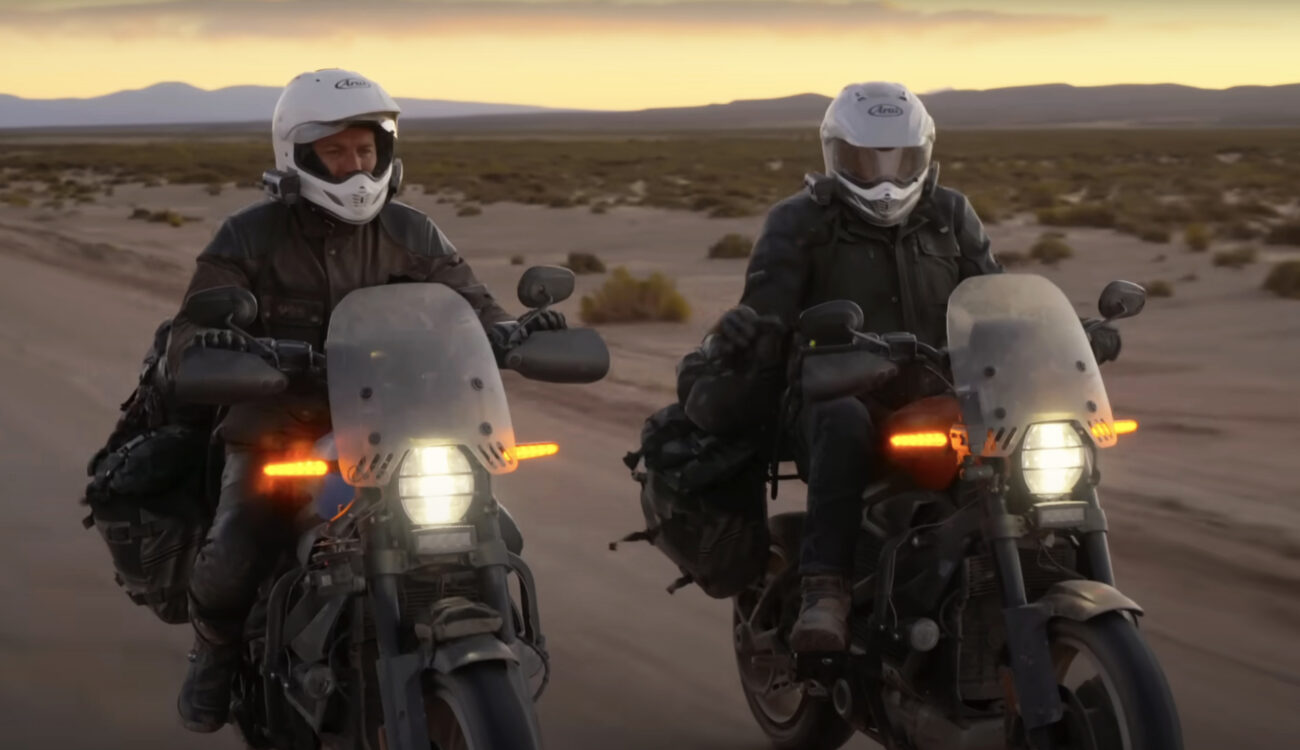
Coming back from a vacation, I have to admit: I really enjoy traveling. Who doesn’t? For some people, combining adventure with filmmaking and turning it into their area of expertise can be a life goal. Fortunately, nowadays, you don’t need huge budgets and big production companies behind you. With a decent smartphone and a simple YouTube channel, anyone can make a travel documentary solo, and do it beautifully. So, in this article, we decided to gather a bunch of important dos and don’ts that can be useful for each and every filmmaker preparing for their next adventure.
Some of the tips that you will find below come from my own experience or from my film colleagues here at CineD. Also, I included several essential insights I learned from Russ Malkin’s course “Adventure Filmmaking with Russ Malkin“, available on MZed.com.
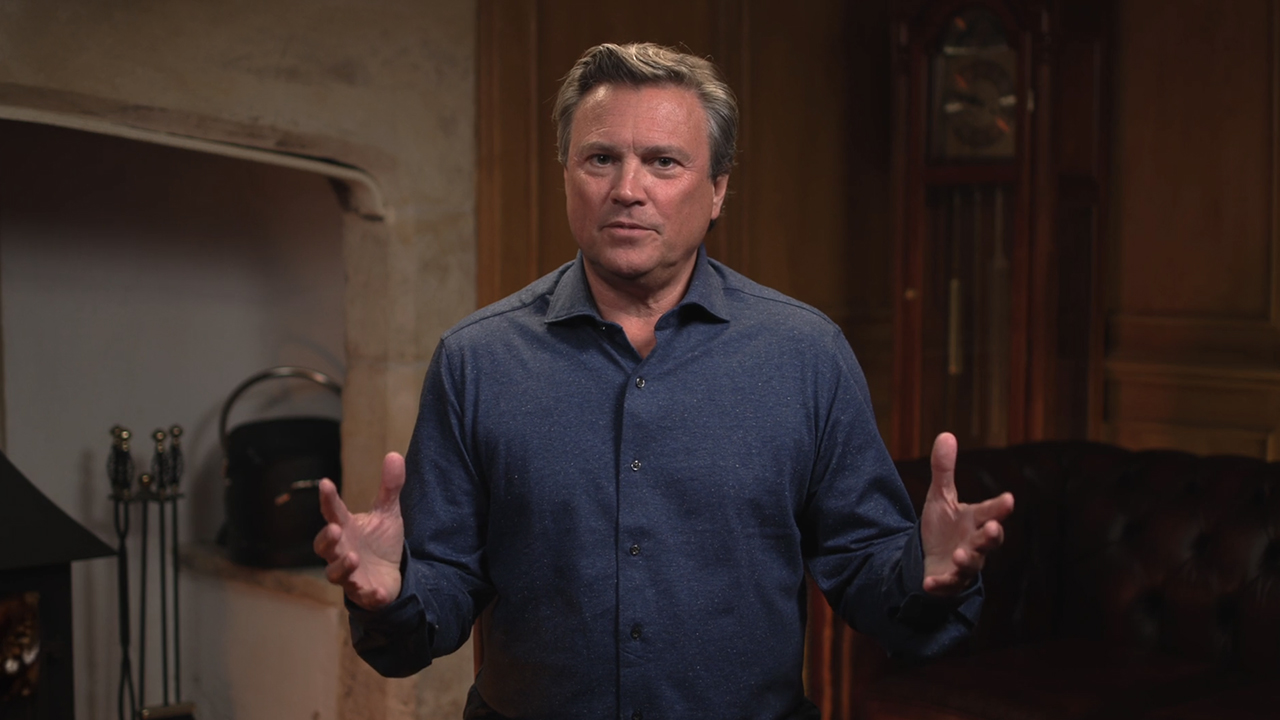
Adventure Filmmaking with Russ Malkin
Russ is a producer and director who creates content for many broadcasters globally, including BBC, ITV, Sky, National Geographic, Apple, Amazon, and Discovery. You may know him because of his work on the famous travel documentary series, “Long Way Round” and “Long Way Up” with Ewan McGregor and Charley Boorman. If you haven’t watched these, consider them my personal recommendation. They are not only exciting journeys to follow, but also soulful pieces of filmmaking, reflecting life on this planet in the most kind and human way.
Thinking of a concept for your travel documentary
The adventure isn’t something that is scripted. There is something a bit spontaneous about it, and we have to capture that in an authentic way.
Russ Malkin, a quote from his MZed course on Adventure Filmmaking
While you may go traveling without a specific cinematic goal in mind and find your story along the way, I’d still strongly recommend thinking about it in advance. You don’t have to draft a whole documentary or vlog structure (although it could be helpful), but try thinking of a raw concept or at least a connecting element. This can be anything from natural details you’re interested in or actions that you or your talent perform in front of the camera (dance moves, for example), to specific stylistic choices. Having an idea in mind will help you sharpen your sight while filming, and make you look for the right angles or details while staying spontaneous. Let’s take the following video as an example. Would it be possible without developing a transition concept beforehand? I doubt it.
Don’t let a good idea slip away
Another way to create a travel documentary, especially a bigger one like you would find in a TV series, is to start with an idea. Here, Russ Malkin suggests keeping your eyes and ears open as stories come from everywhere. Hear a good idea? Write it down straight away. For example, the concept of “By Any Means” was born over dinner and a bottle of red wine with Russ’s friend Charlie Boorman, and they sketched it on the back of a boarding pass he had found in his pocket.
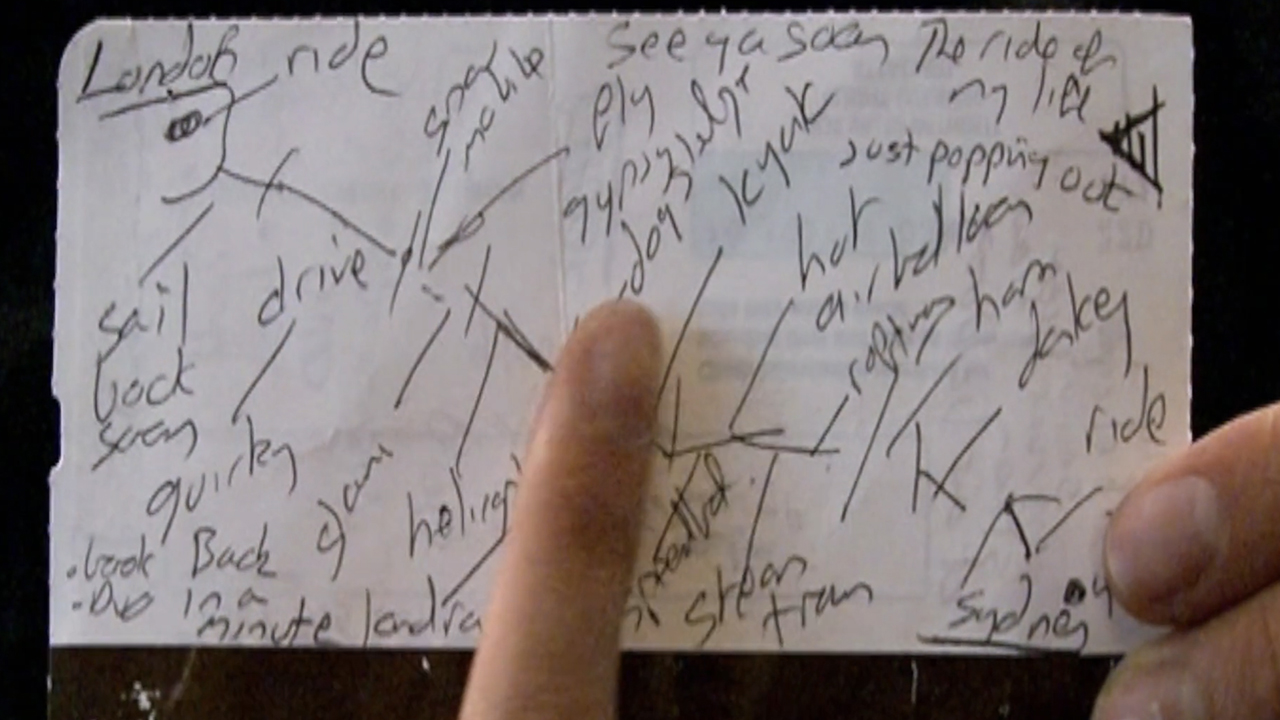
How to know whether an idea will make a good documentary? Here are some points to check off, suggested by Russ:
- You are passionate about it;
- This idea includes variety, spontaneity, and something that will bring enough exciting content to the table;
- You can start filming immediately, even when only on your phone and during brainstorming sessions;
- It supports a good cause (which is a great part to include in your travel or adventure documentary).
Do your research!
Whether you are a solo adventurer, or planning out a long travel documentary with a bigger team, you need to decide where to go and what you will do there. That’s when research comes in.
Russ includes, in this stage, everything from location scouting (we will elaborate on that further below), to getting acquainted with cultural sensitivities, special features, and weather conditions.
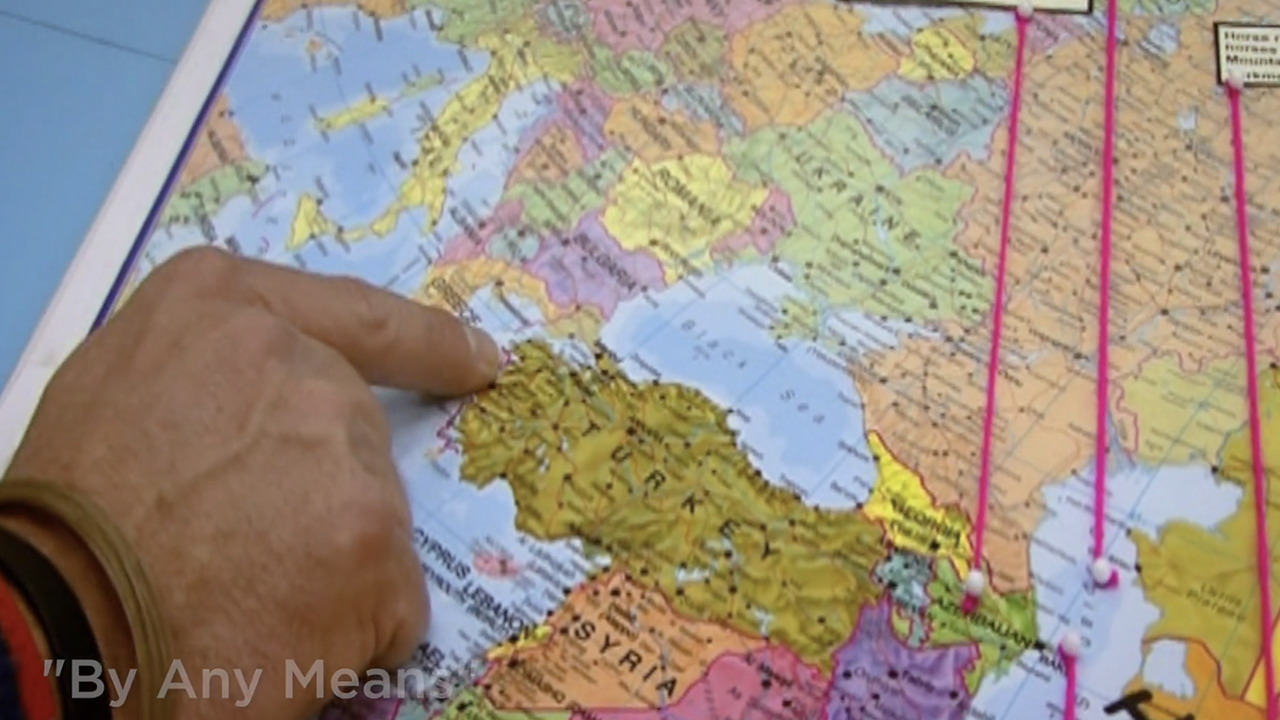
Some of the dos and don’ts you should not overlook, in our opinion:
- If you are crossing any borders, find out where you need to have visas and special permission;
- Get all the filming permits beforehand, in case your travel documentary might be broadcast or distributed in theatres;
- Don’t fly drones where it is prohibited. Nowadays, almost every country has its own app where you can check the rules and look up the areas that are open for the flight. Dedicating a couple of minutes to this during research can spare you massive problems afterward.
- Read about things that can go wrong in the countries you are going to visit. Do you maybe need immunization or some special training? Better get them before your departure then.
- Getting proper insurance (for you, your team, and the equipment) may sound like an obvious point, but it’s also an essential one.
- Research all emergency numbers and protocols and put them together in one file (or better – in a little black book that each team member gets upon departure).
Don’t skip this stage, as it might be imperative to your (and the team’s) well-being.
Location scouting
You might already have a complete route or, on the contrary, plan to remain spontaneous in picking the next destination on the go. Either way, you will need to find places and activities to film according to your travel documentary concept. Here, you can simply google the highlights, ask natives for secret tips, or try some other approaches.
For example, my go-to app for adventure location scouting is called park4night. Originally, this is community-driven software that can help to find an overnight stay if you’re traveling by camper or sleeping in a tent. At the same time, users add spots they consider interesting or exciting to discover and leave comments about their experiences there – a great source of gathered knowledge where you might stumble upon rare gems along your route.
That’s exactly how we found a place in the Montenegro mountains, where people often sighted wild horses. Waking up surrounded by this inquisitive group and being able to film them was one of the most miraculous and inspiring experiences of my life.
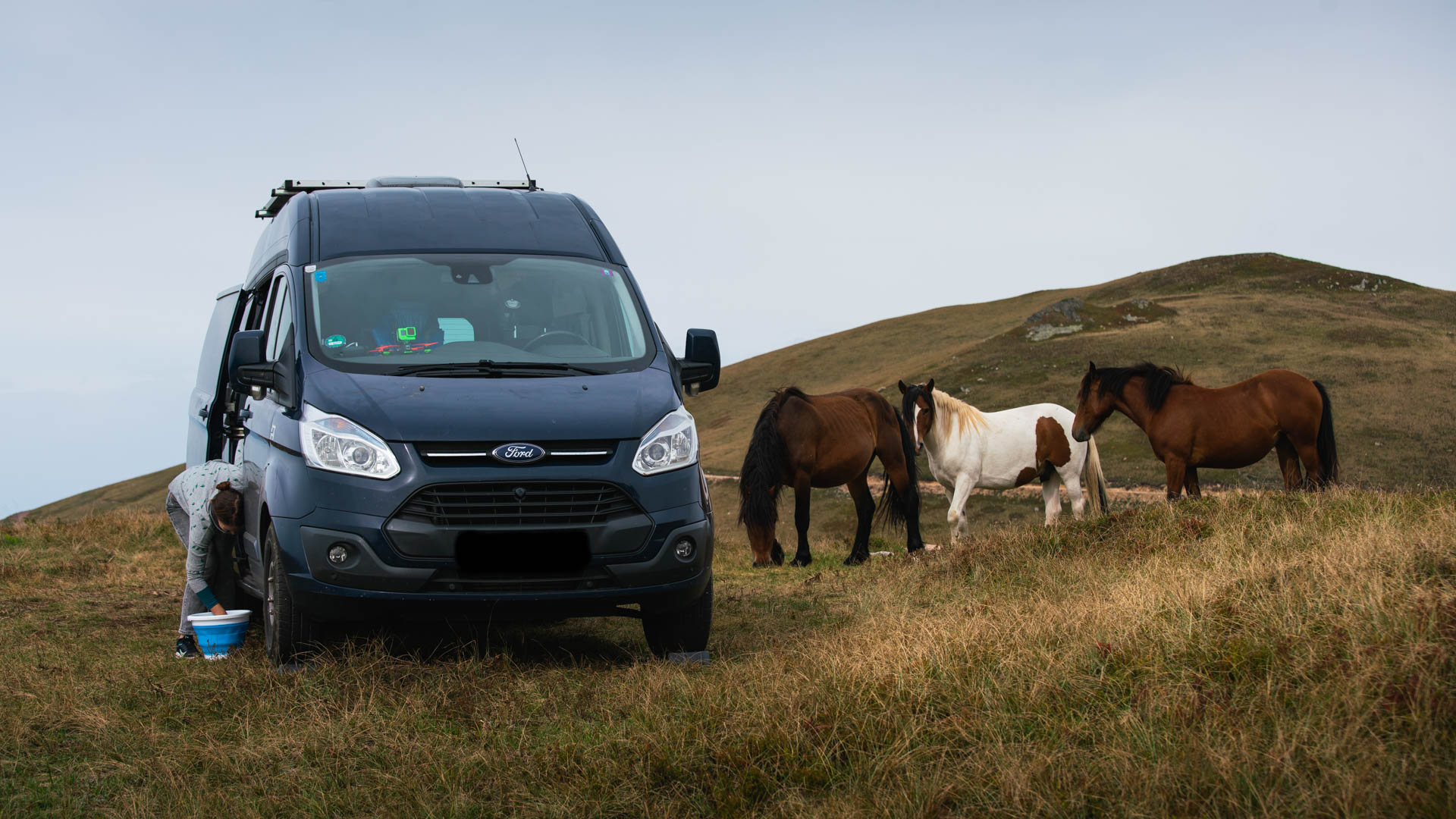
Pack as light as you can
Okay, let’s talk about equipment. The general rule here is to keep it simple. Johnnie Behiri, the Co-Owner of CineD and a documentary filmmaker with vast experience suggests packing as light as you can. His approach is to start with the obvious (the camera and lenses) and then move to bare-bone accessories. What doesn’t fit in the bag stays behind.
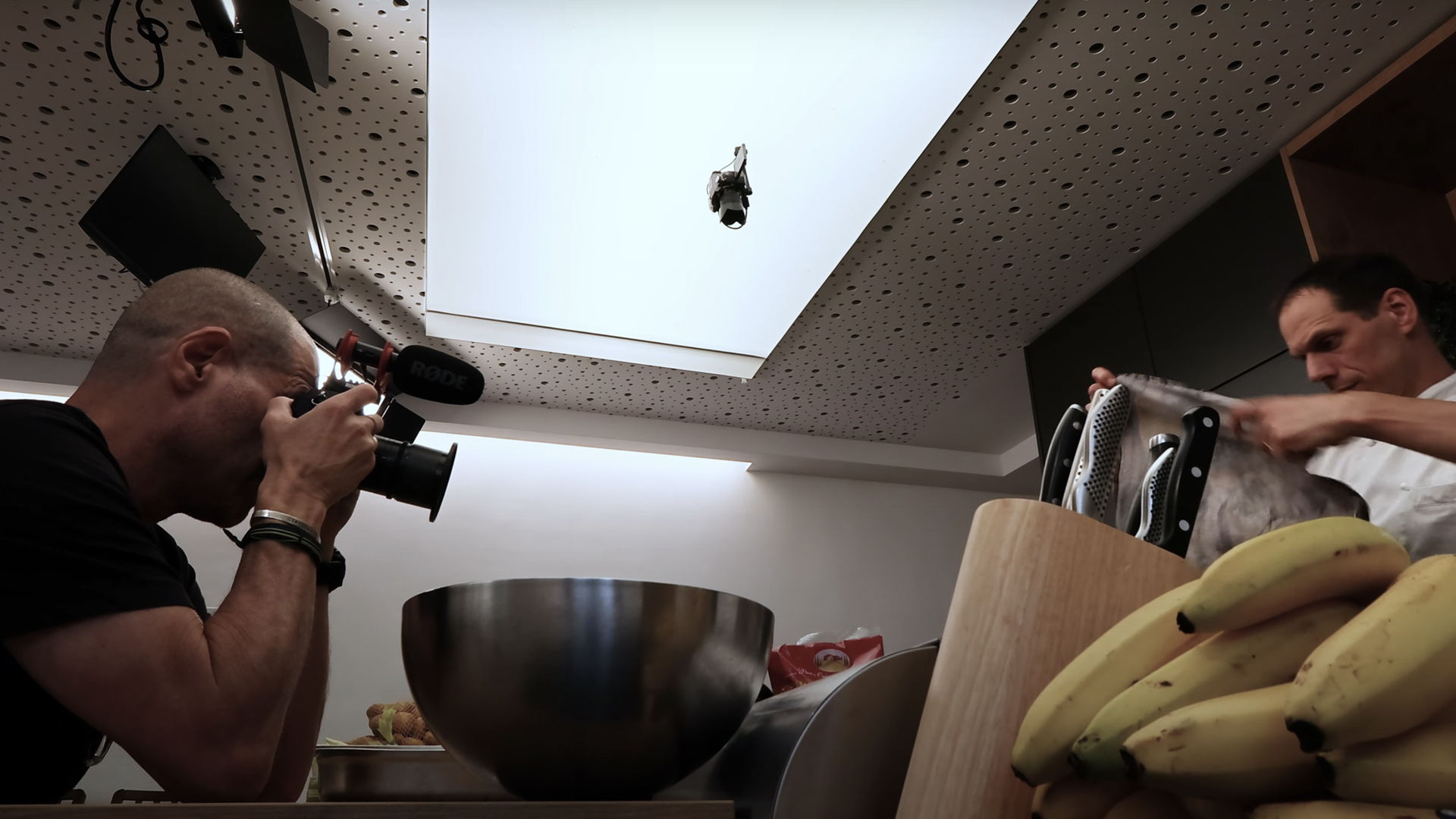
Russ Malkin also prefers compact setups with small cameras. Of course, you should feel comfortable with your gear choice, but at the same time, you need to be able to get to it quickly. When something unexpected happens, going from zero to shooting in one or two seconds is ideal. Besides, smaller cameras allow you to be less intimidating to people who are not used to being filmed, and to capture authentic moments.
What camera to choose is your decision, but consider that on your adventure you might encounter both low light and very bright light conditions. So, a wider dynamic range could be really useful. Johnnie Behiri’s tip here is also not to forget a variable ND filter.
Make sure its strength fits the basic ISO of the flat picture profile you might be working on. (Some cameras require high ISO and the variable ND filter might be not strong enough).
Johnnie Behiri
Make sure to get good-quality audio
We all know that audio is an essential part of any film. Yet, in a travel documentary, it might be even more important than the picture. When your interview video doesn’t meet expectations, you can at least fix it with matching B-roll footage. But when the sound is terrible, you can’t use it at all.
The most important “do” here is to record two sources of audio at any time. For example, it can be a top mic going directly into the camera’s XLR input, and a small wireless dual mic + receiver, like the Hollyland Lark Max (or there are several other options on the market as well). Johnnie Behiri and I are also convinced that the internal audio recording is a must. In case you lose or cannot use other sources, you will at least always have this one when the camera is rolling.
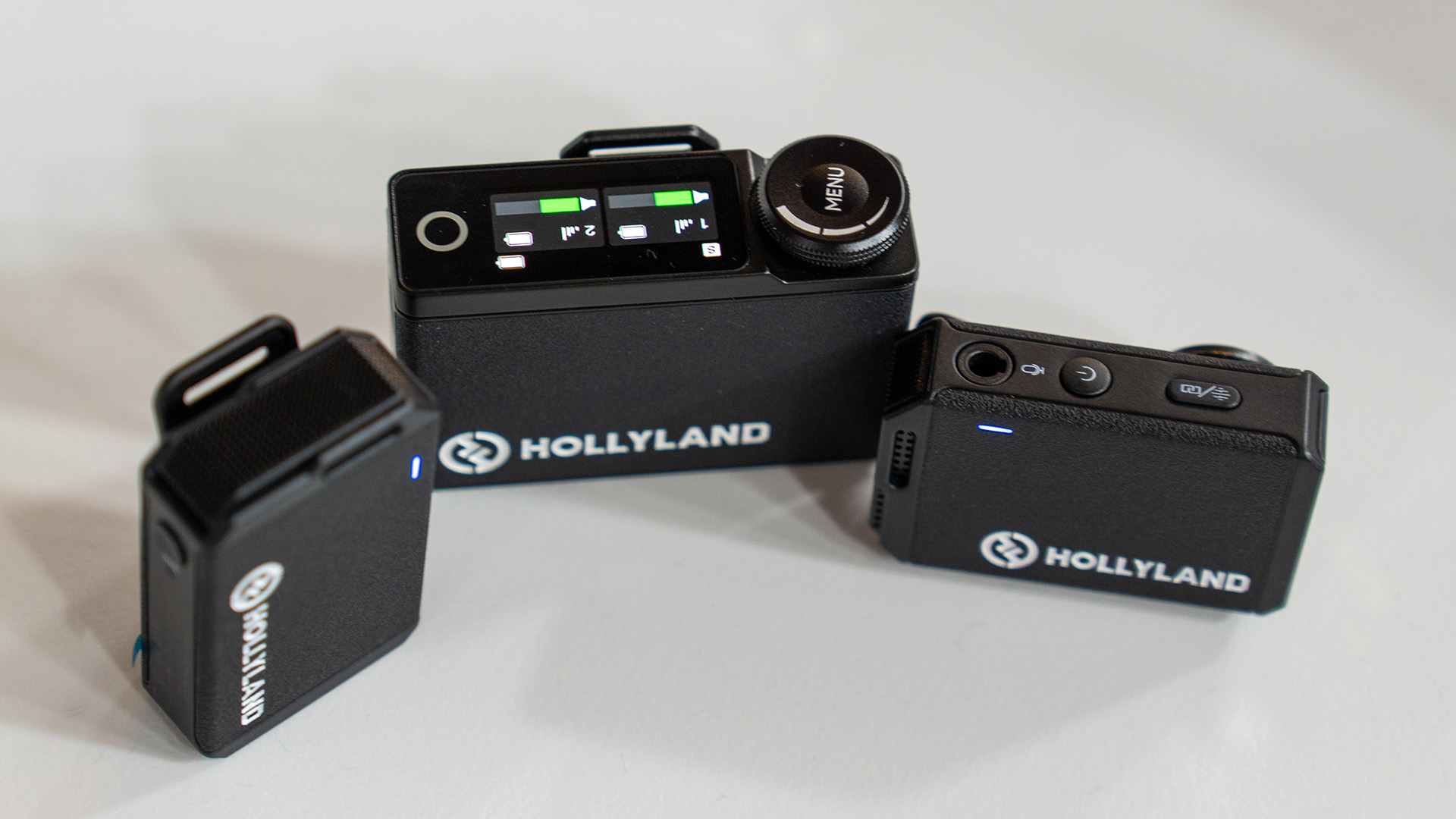
Hollyland Lark Max. Image credit: CineD 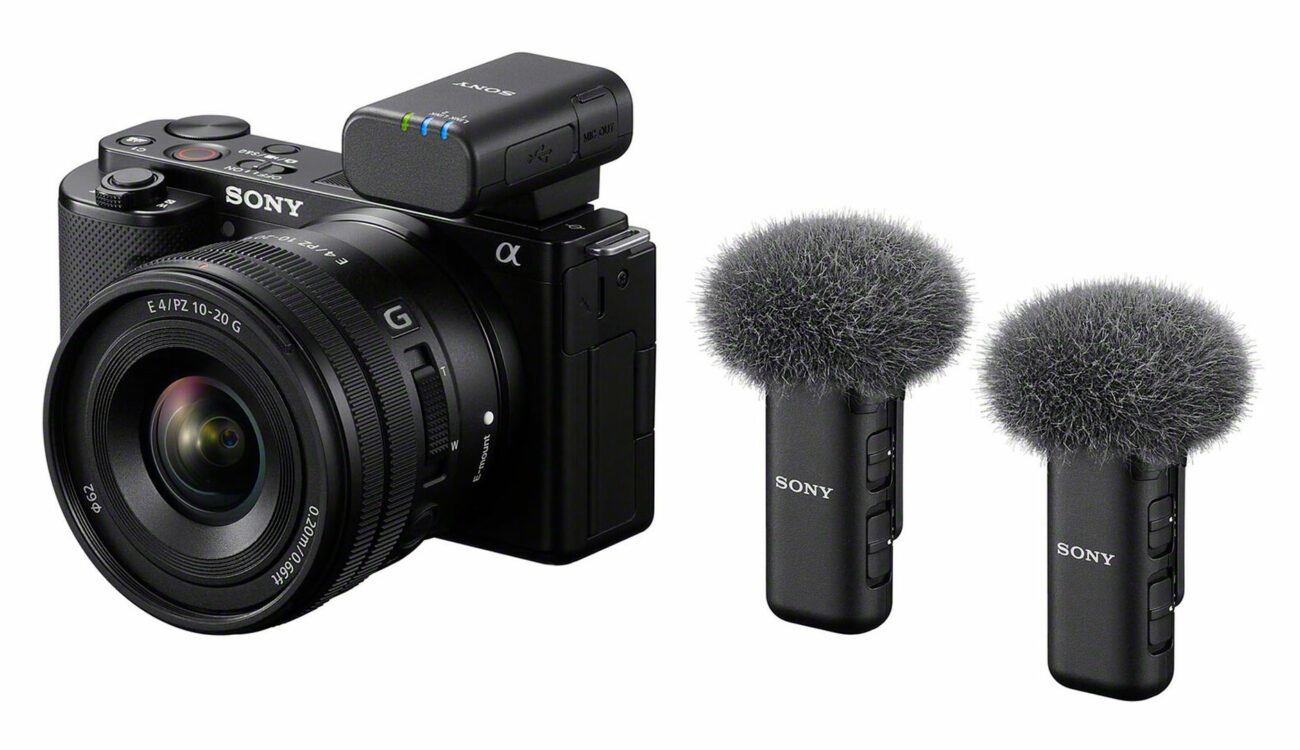
Sony ECM W3. Image credit: Sony 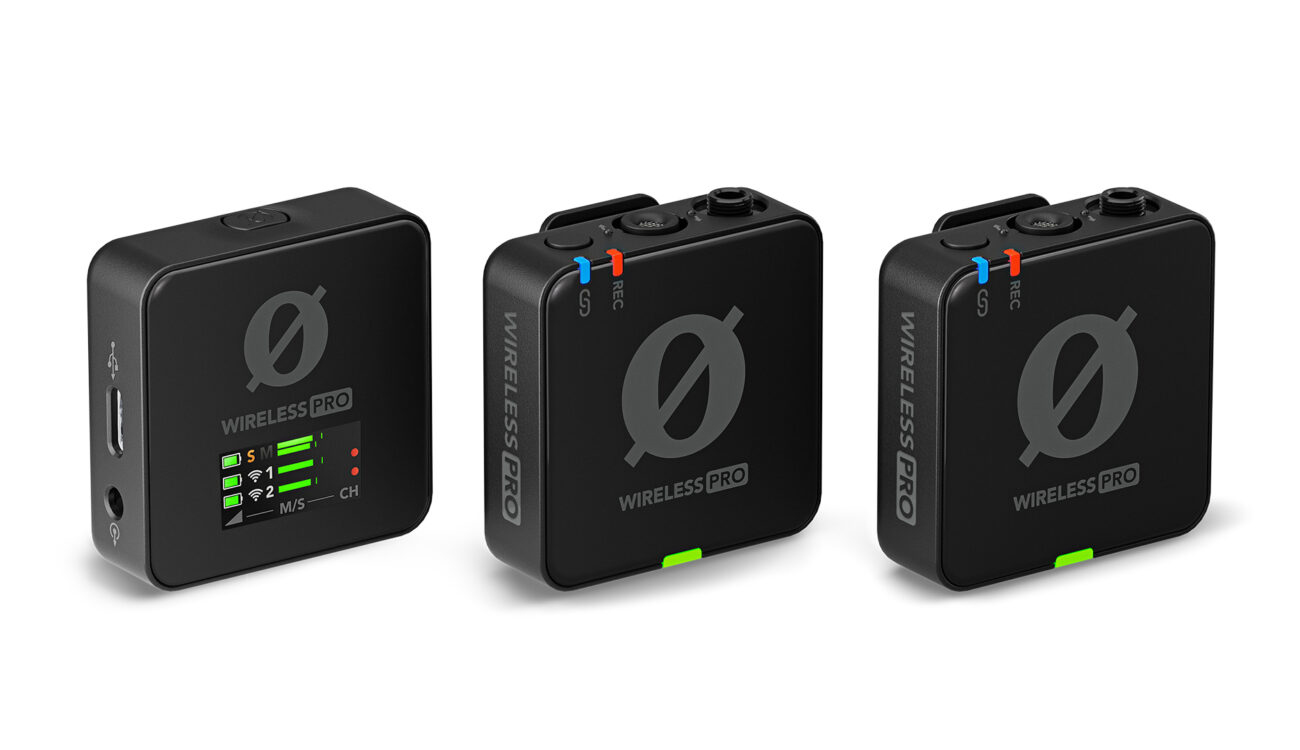
Rode Wireless Pro. Image source: RØDE
On a side note, don’t take a boom with you. Apart from being unnecessary for these types of documentaries and requiring an extra person, it is also considered bulky luggage by some airlines because of its length. That’s what my team and I learned once from a bitter experience of paying 50 euros extra for taking it on board.
Do not forget spares and backups
When packing or ordering your equipment for a travel documentary, always think about a spare body, spare lenses, and spare mics. If you have a smaller production, even your phone can be your second camera according to Johnnie Behiri. (Even better is to take a cam that can perform, like FUJIFILM X-S20, he adds). As for audio backup, consider something like Tascam DR-10L.
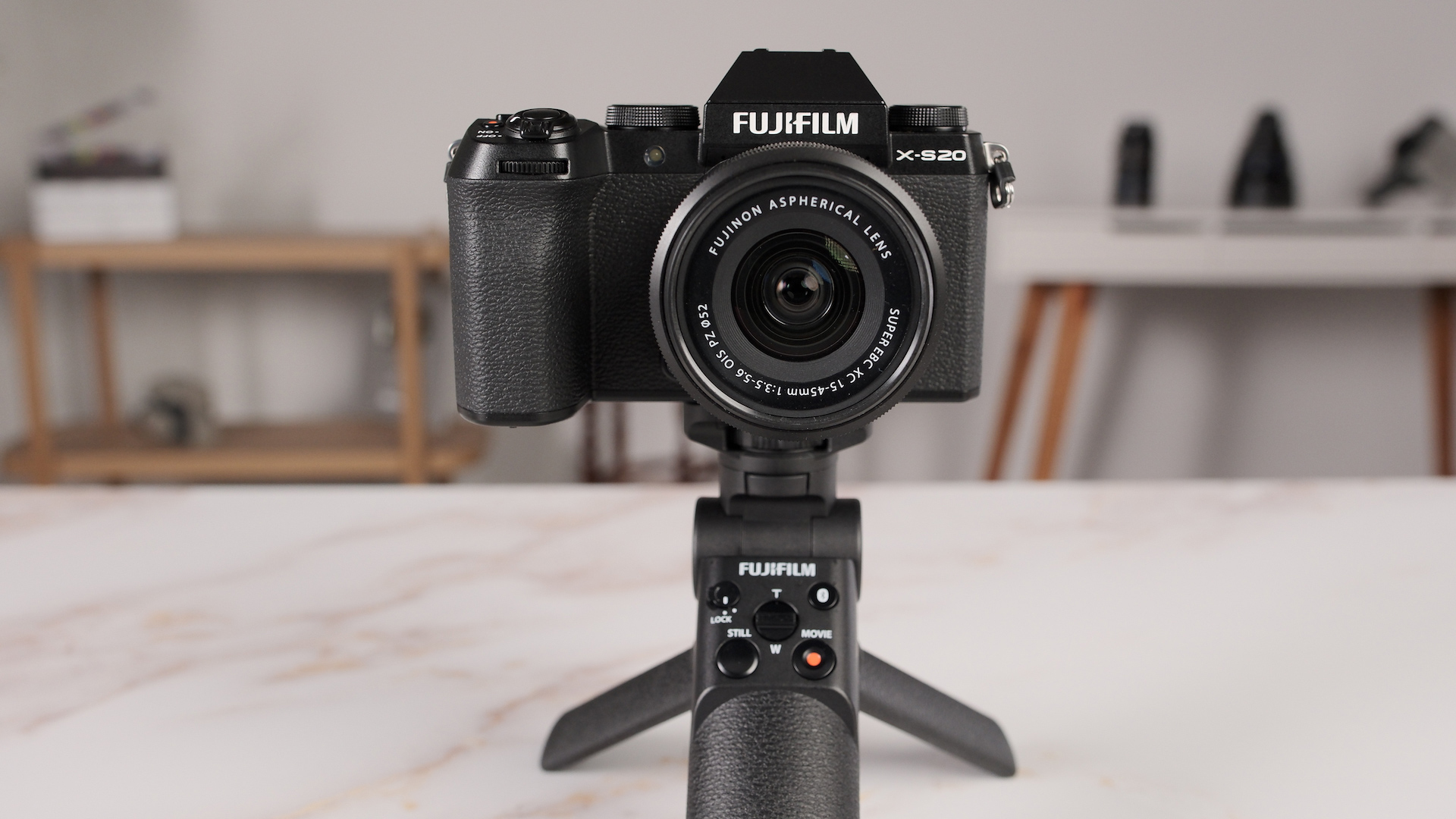
Batteries are also essential on the road. If you’re planning to fly overseas, then you should take enough, but not too many. As Johnnie points out, some airlines won’t allow more than 4-5 batteries as carry-on. In my experience, sometimes it is even easier and more convenient to rent extra batteries at your destination country, especially if you need big and bulky V-mounts.
Also, don’t forget an external battery to charge whatever you can.
Figure out the data management in advance
This is probably the most important point to consider prior to your adventure. How will you manage your media? On bigger documentary productions, Russ Malkin and his team would make two copies of everything shot, and every couple of weeks they would ship one copy back to London. The field teams formatted their cards only after they got the confirmation that everything was checked and backed up.
If you are a solo traveler, a vlog creator, or a smaller production company, you should still consider some kind of backup. For example, various cloud solutions might be a good choice. Johnnie Behiri advises against deleting your footage unless it’s necessary until you return home. Yet, something unexpected can always happen.
For example, during a journey through Iceland back in 2014, my team and I encountered so few people, and our minds got so careless, that we made a stupid mistake. Instead of waiting for one of the geysers that erupted every 20 or so minutes, we set up a GoPro and then went off to wander around in a national park filled with tourists, without stopping to think for even a minute. Of course, when we came back, to our sincere surprise, the camera was gone – as was the footage of the geyser. Fortunately, we had footage from previous days thanks to the ongoing backup.
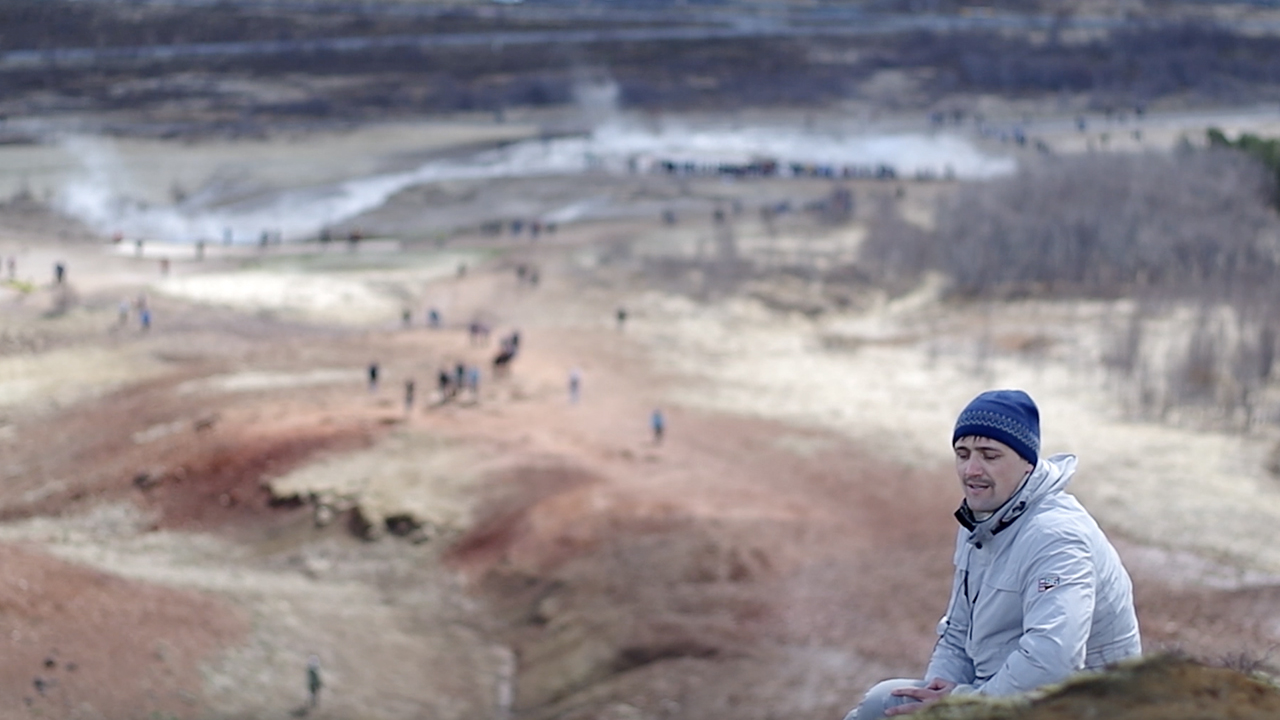
So, that’s another “don’t”: never leave your gear unattended, even in locations where you seem to be the only person in the world.
Other things to consider for a travel documentary
If you’re taking an action camera with you, avoid rolling it constantly. (Someone is going to watch this footage, after all, so don’t be mean to them!) Russ Malkin’s tip here is to turn these cameras on only for specific shots that you might need, or work out a system whereby you can activate them using a remote control.
Thinking about bringing some light with you? Johnnie Behiri suggests a compact bi-color model (rollable or stationary, depending on your preference). Ensure it’s battery-powered, and even better if it’s the same type you already have in your bag.
Of course, there are also tripods, gimbals, perfect scheduling techniques, and tons of other tips that might be useful for travel filmmakers. (Our MZed course “Adventure Filmmaking with Russ Malkin“ offers some further ones, for example).
So yes, we can talk much longer about it, but let’s turn the tables now. What are the dos and don’ts you find important in preparing for a travel documentary? Which pieces of equipment do you never leave behind when going on an adventure? How do you put together a small but working setup? Let’s talk in the comments below!
Full disclosure: MZed is owned by CineD
Feature image source: Apple TV




